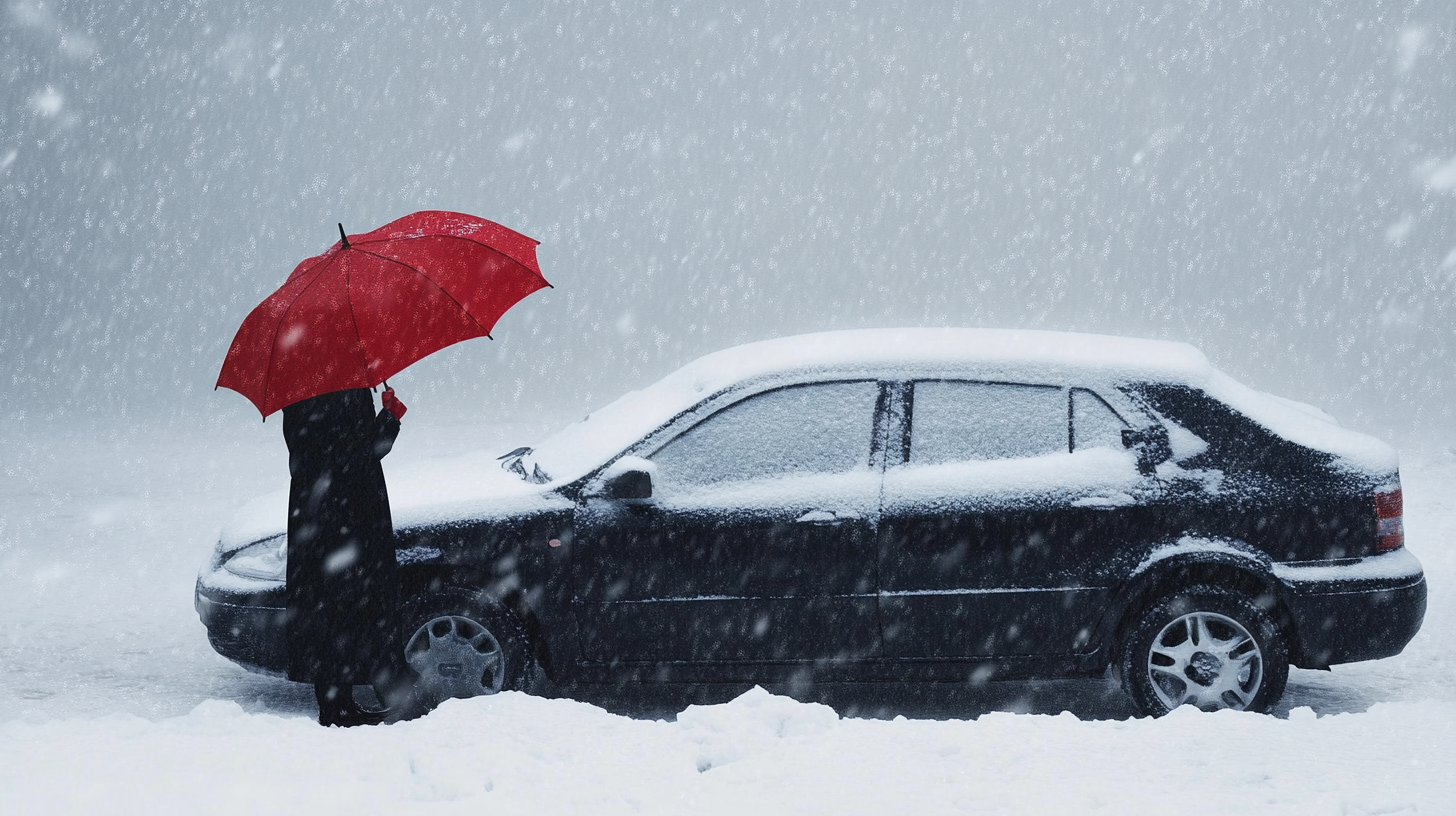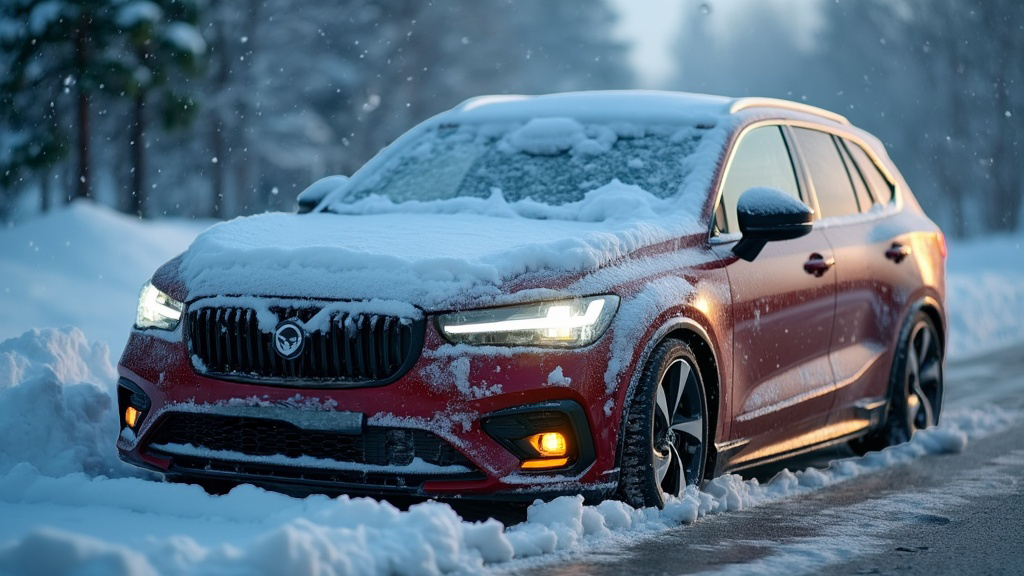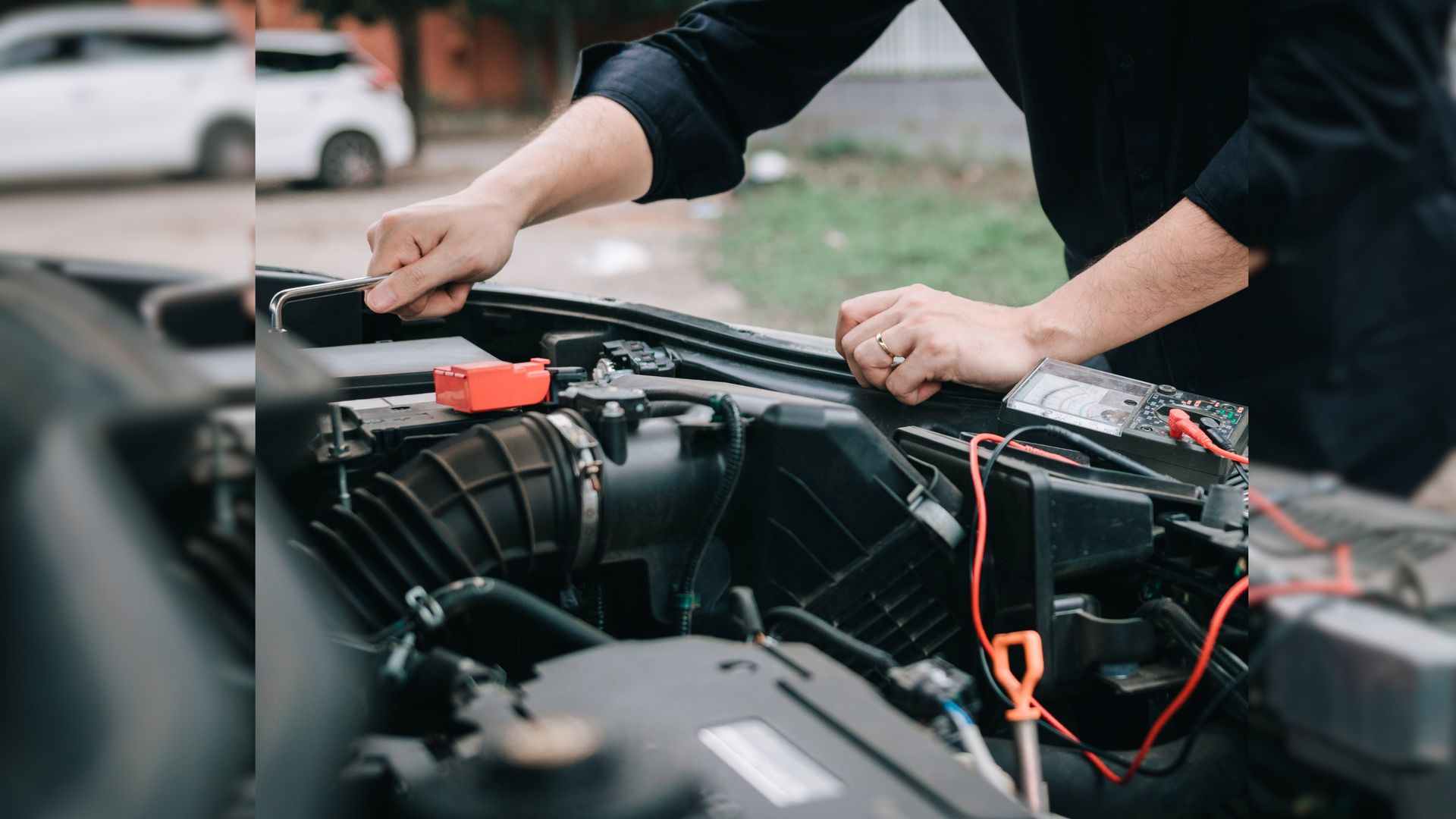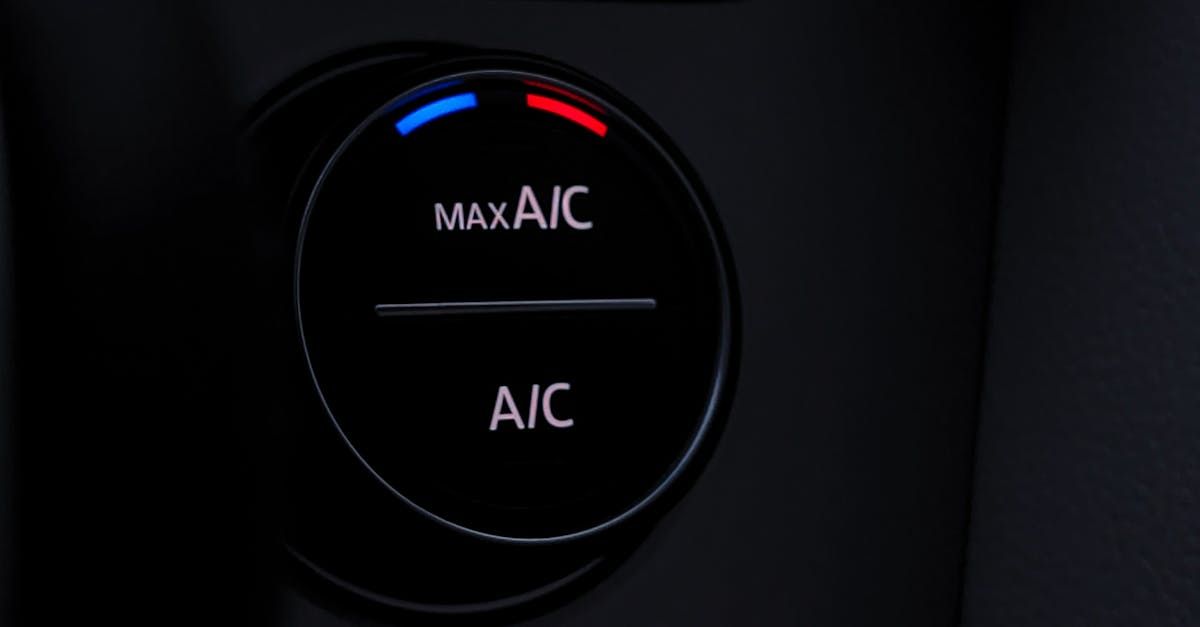8 Quick Step Guide to Winter Car Preparation for Family Road Trips
Road trips in winter with the family can be a whole bunch of fun, but it does take some serious planning to make sure you and your loved ones enjoy comfort and safety simultaneously. Not to mention that winter's just around the corner and with colder temperatures (and stickier roads) on their way, you'll want to be sure your car is ready for cold-weather driving.
Needless to say, those snowy drives will happen soon…A quick list of things you can do in advance is not a bad idea. Before hitting the road, it is imperative to consider some items that you need to prepare with for your vehicle in winter conditions. With all of your check-marks complete, from the tires with proper grip to an emergency kit that has been pre-packed, there can be no lost time when it comes displaying just how ready you are for the next journey; every piece is a necessity as you gear up yourself and any family members prepared for what lies ahead.
Here is a step-by-step guide to prepare your car for winter.
Inspect and Replace Tires for Optimal Traction
Inspect tire tread for safety:
Start by checking your tread depth. When the weather is rainy or snowy good traction is a key factor and sufficient tread depth guarantees that there´s enough of it. Measuring tire with tread depth gauge, If the tread depth is 4/32 of an inch or less, it may behoove you to think about a new set of tires. No kidding - good tread will keep your car stable and controllable, even in the worst of icy conditions.
In fact, tire tread patterns DO influence performance on snow. V-shaped grooves on directional tires create the best traction when driving in snow. The thicker the tread depth, the more traction you will have (i.e., helpful for driving in snow / sand / dirt and gravel). A combination of treads can lead to imbalanced handling and steering, The more aggressive lug design on the tread offer additional grip and control n snow conditions. Symmetrical represents energy conserving, long-life tires and asymmetry equals good wet grip. The correct tread pattern must be selected, in accordance with the differing driving conditions to assist grip and also performance.
Maintain proper tire pressure:
Tire pressure can drop in cold weather which saps your cars handling and fuel efficiency. Check and keep up the right tire pressure per your vehicle's owner manual or you can find it on the driverside inside the door frame.
What happens with a tire during cold temperatures is the air it contains—air being gas—is caused to contract, so there ends up less of it inside that same compartment. This lower air pressure can cause the tire to contact more of the road surface, which improves its ability against weaker tractions and provides a safer drive, especially in winter and slippery roads. Changing the internal tire air pressure to match different road situations can help improve a tire's performance.
Consider winter tires for enhanced grip:
Winter tires (also called snow tires) are made to have better grip in colder temperatures and provide you with greater traction on icy roads so that you don't end up sliding off the road. These are constructed with a specific rubber compound that keeps them more pliable in cold weather, which works to increase the amount of contact they have on an icy road.
Winter tires have distinctive open sipes along the entire tire tread, on the shoulder of the tire. They are very effective during dry conditions, as well as in wet and snowy/icy ones. A tread pattern is coarse is NOT for Snow! — Summer tires, on the other hand are fitted with coarse tread patterns which makes them unsuitable in winter conditions. The winter tire features softer rubber compounds, then summer tires which have stiffer and better performance in this season. Rubber is optimized with temperatures at or below 7°C; We highly recommend Winter Tires for Safe Driving.
Inspect and Maintain the Battery
Identify signs of wear and corrosion:
Inspect the battery to see if it is worn out or corroded to start with. Make sure no cracks or bulging of the battery case is present along with inspecting for terminals that may have corrosion on them, which can reduce and stop all flow of electricity. And should the need arise, rinse any corrosion off your terminals by applying a mixture of baking soda and water to both sides.
Corrosive conditions are one of the main culprits, with other aspects such as moisture, dirt buildup and age of battery coming into play. Cleaning the terminals with a baking soda mixture or battery terminal cleaner and then applying corrosion preventative spray can reduce occurrences of corrosion.
Ensure the battery is fully charged:
A 12.6 volt battery is a fully charged one. Check the voltage with a multimeter; it should be at an acceptable level.
Some of the leading brands of car batteries with an exceptional reputation for best performance and durability are Odyssey, Exide Optima and DieHard. To stay away from unexpected breakdowns, drivers should definitely select the best possible car battery before heading out on a lengthy adventure.
Ensure Proper Fluid Levels
Check the oil level of your engine, as well as antifreeze and brake fluid to help performance even in winter driving conditions.
Winter-grade oil should be used when you expect extremely cold conditions. Check the antifreeze level, and if it's been a while, consider flushing the system. Inspect the brake fluid level and fill as needed.
Top off windshield washer fluid:
Make sure you're using a low temp rated washer fluid so it doesn't freeze in the reservoir or on your windshield. Fill the washer fluid reservoir and ensure that the nozzles work.
Inspect and Replace Wiper Blades
Check for wear and functionality:
Take a look to see if your wiper blades are worn, with cracks or no rubber. When blades are not doing a good job of cleaning off your windshield. It's time to get new ones. In general, stick with winter wiper blades (which are usually better at clearing ice and snow than regular ones).
Check Heating and Defrosting System
Test the car's heater:
For efficiency. Start your car and let it run for a few minutes, then turn on the heater. Ensure it's blowing warm air consistently. If the heater isn't working properly, it could be due to a clogged heater core or low coolant levels.
Ensure the defroster maintains clear visibility:
Turn on the defroster and see how long it takes to clear the windshield. If It takes too long, or it does nothing at all. Bring it to a professional for inspection.
Inspect Belts and Hoses
Look for cracks and wear:
Look at them for signs of wear, like cracking or fraying. The belts should not be glazed either. The belt specifically to watch is the serpentine, which drives everything from your engine-controlled accessories. A snapped belt can cause your engine to overheat and other catastrophic failures. Harmful, abhorrent damaged belts or hoses should be regularly inspected and replaced to avoid potential breakdowns.
Replace damaged parts to avoid breakdowns:
Change any loose belts or hoses immediately. Catching these potential failures before they happen and taking preventative action can deter most winter breakdowns, just by keeping up with the proper maintenance of all associated components.
Prepare an Emergency Kit
Essential Items to Include for Safety:
Pack warm blankets, a change of clothes and non-perishable snacks in your emergency kit along with water, flashlight (and spare batteries), first-aid supplies, jumper cables or booster cables that are long enough to connect the vehicles safely; small shovel ice scrapper sand or cat litter for traction and road flares.
Check Lights and Signals
Verify the functionality of all Lights:
Check each light individually to ensure it's working correctly. Have someone stand outside the car while you test the lights to confirm they are functioning as expected. Pay special attention to brake lights and turn signals.
Replace burnt-out bulbs for safety:
If you do find any burnt bulbs, replaced them straight away. Stashing a few bulbs in your car is helpful for fast changeouts while on the road.
Final Checklist Wrap-Up
After you have readied your automobile for the colder months in winter, it is best to review a final list of everything on this helpful checklist. Follow this wrap-up so that you are prepared and feel confident on your winter road trip!
In summary — key preparation steps:
- Check and change tires when necessary
- inspect vehicle batteries and test life of the battery
- top all fluids off (transmission fluid coolant)
- check wiper blades to confirm they’re functioning properly
- make sure your heating/defrosting system is working too while at it
- you can also look up belts/hoses for any wear & tear
- prepare an emergency kit with basic supplies in case anything fails during a long drive.
- All signal lights are working.
Regular maintenance reminder:
Regular maintenance is key to protecting your car during the tough winter months. Make sure to see your mechanic regularly and tackle these problems before they get out of hand. If you are proactive with maintaining your car, it will save you both time and money in the long run.
Frequently Asked Questions
What Winter Gear is Essential for Road Trips?
Pack essential winter weather gear such as warm blankets, extra clothing and non-perishable snacks along with water for every person in the vehicle; a flashlight or LED flare with extra batteries; first-aid kit; jumper cables; small shovel – if possible to remove snow from around stuck tires A light-emitting diode flashlights; ice scraper and Road flares.
How Often Should Tire Pressure Be Checked?
During the winter, you should look at tire pressure no less than once a month. Cold winter weather can lead to a reduction in tire pressure, which can result in poor vehicle handling and lower fuel economy. Check that your tires are at the right pressure using a tire gauge.
What is the Best Way to Clean Battery Terminals?
TClean off the battery terminals with a mixture of baking soda and water. Use a brush to apply the mixture and gently scrub it on - any corrosion will be removed! Wash it down with water and allow the cables to dry thoroughly before joining them back together. Properly cleaned terminals help your car's electrical system work more efficiently.
How Do Winter Tires Improve Safety?
Winter tires are made from a different rubber compound that retains its flexibility in colder temperatures to give better traction on snow and ice. They also feature more intense tread patterns for better traction to lessen skidding, which improves safety when driving in wintry conditions.




ProAuto
Mon - Fri 8:00 AM - 5:00 PM
Payment Options








Services
List of Services













© 2024 ProAuto. All Rights Reserved | Website managed by Shopgenie




